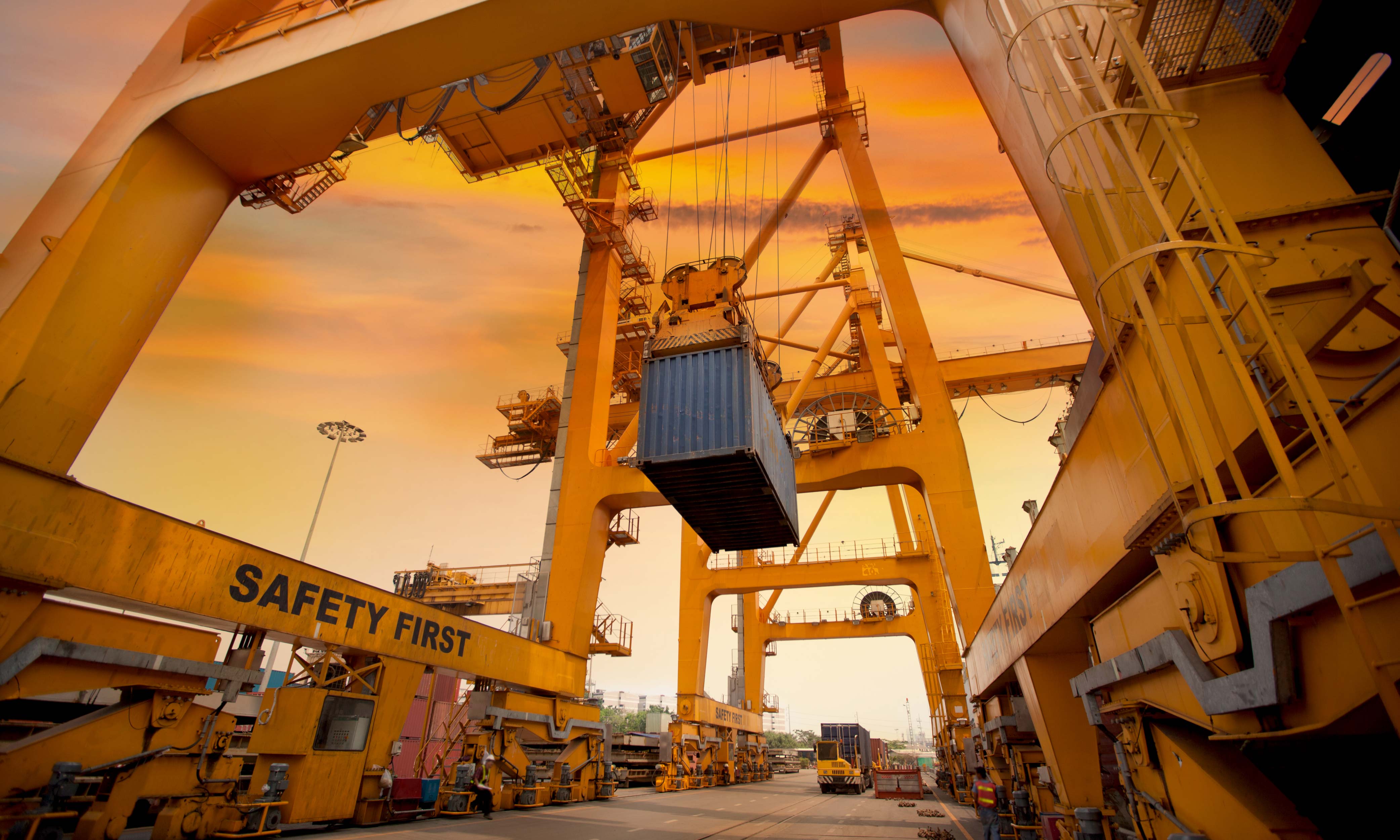Much has been said about the container crisis and its impact on the global supply chain, as well as on prices due to the pandemic, however, investigating more in depth about it allows us to elucidate a series of systematic problems that led to the greatest maritime transport crisis in recent decades, which in turn is an input that leads us to see possible long-term solutions to the problem in question.
In the first place, the pandemic and consequent quarantine kept millions of people locked up, substantially reducing the demand for services, despite there being a significant increase in the demand for consumer goods, which generated significant pressure on supply lines because, while major factories in the world reduced their industrial activity (reducing the number of products in circulation) the demand for these increased at a rapid rate driving the price of consumer goods upwards.
The immediate result of the situation in question was a significant increase in imports by developed economies such as the United States, while exports from these countries were reduced in relation to imports, which implied a greater flow of containers to the United States. American and European ports that were not compensated with the departure of these, due to a lower flow of exports, which caused the transit of containers with less capacity used, increasing their prices. At one point, prices rose to such an extent that it was cheaper to make new containers in Asia to continue exporting than to bring back empty containers from Europe or the United States.
If the above made the price of consumer goods and containers more expensive, which went from costing USD$3,000 to between USD$12,000 and USD$15,000, what followed ended up collapsing the supply line because, due to the higher transportation costs of the Many containers ended up in storage at the port until they could be consolidated, occupying space in the warehouses that prevented other containers from Asia from arriving for unloading, which generated huge bottlenecks in the ship ports waiting to unload their containers in saturated warehouses.
The chain of events that led to the collapse of the supply chain and the increase in price of the entire supply chain involved an underlying problem that had not been given enough attention. Years of disinvestment in port infrastructure, little expansion of this and poor technification of port operations, especially in the United States, made the processes that further delayed the flow of containers much more inefficient, increasing the bottlenecks that were formed.
Faced with this and after unsuccessful methods of decongestion, the need to rethink the entire global supply chain was determined, which goes through a process of deglobalization or regionalization that must be accompanied by more efficient processes in the port and transport sector, which implies the renewal of transport and cargo handling systems using new technologies such as automatic driving or multimodal integrated transport systems that allow, among other things, to reduce costs and transit times so that not only logistical problems can be solved but to prevent those that may occur in the future due to previously improbable events such as a pandemic.
Author: Juan Sebastian Quiceno





